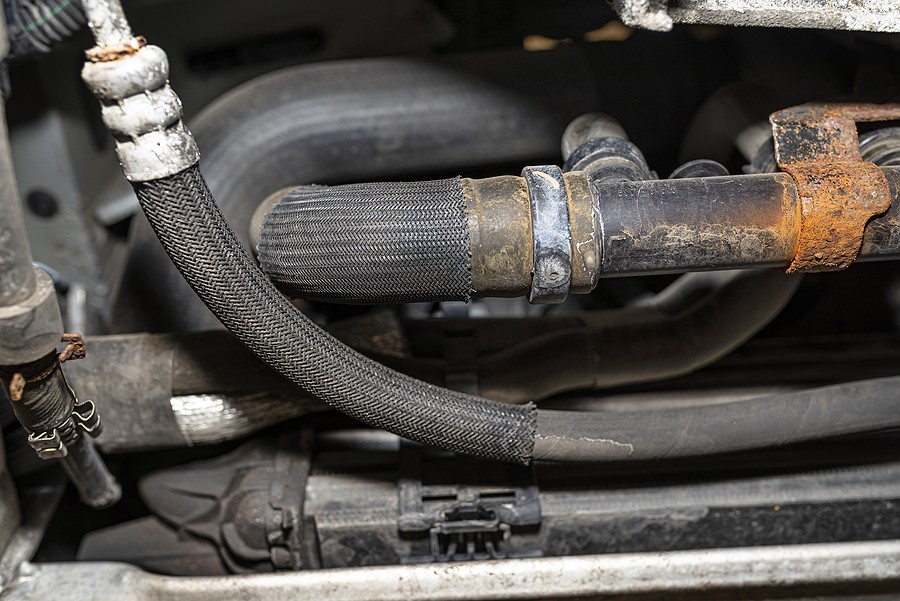Radiator hose failure is a common problem for most cars. The car's radiator system has a vacuum to cool down the engine, and it is this vacuum that makes sure there are no leaks in the cooling system. If any leak happens, you will have to replace your radiator hose as soon as possible because if not, you might end up with some serious problems like overheating or, even worse, a breakdown.
People don't know about this issue because they think it's an old-school problem that doesn't happen anymore, but in reality, it does! So be careful and keep an eye on your car's radiator hose!
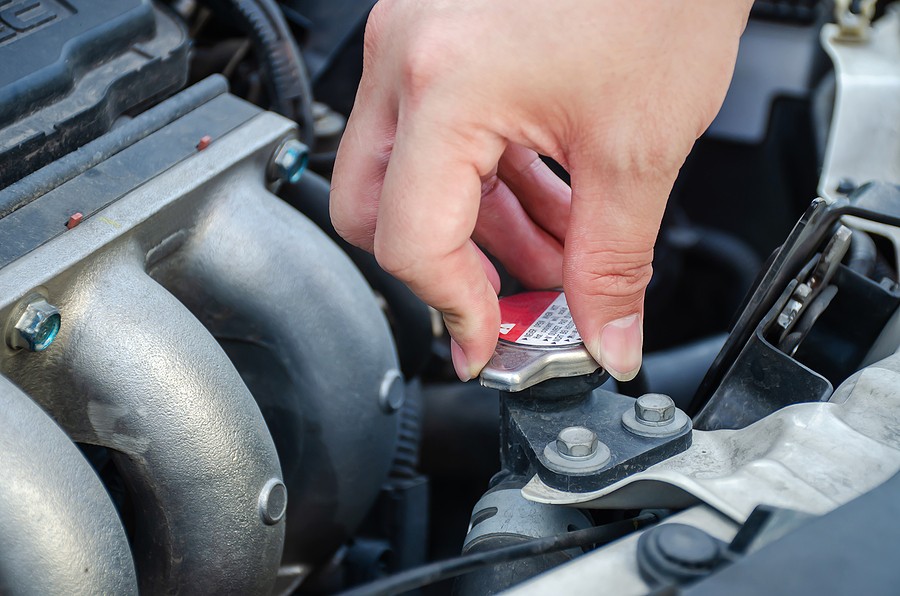
What is a radiator hose, and what does it do for your car's health?
Radiator hoses are made of rubber, and they carry the coolant between the engine block and the radiator. You can find them in almost all engines, but these days, due to plastic manufacturing, automakers have started using plastic/rubber mix to make these hoses so that you will see a mix of both on your car's engine. This is more durable than rubber hoses.
The purpose of having radiator hoses is to transfer the coolant from the engine to the radiator, where it will be cooled before returning. Nowadays, some manufacturers equip their cars with plastic/rubber mix hoses which are more durable (and expensive) than regular ones. Still, these hoses have some cons. They get stiff, so you will have to replace them sooner than regular radiator hoses.
Now, if you see a leak in your car's radiator hose, then it is time for you to change it as soon as possible because even the smallest of leaks can damage your engine, and that will cost you some serious amount of money.
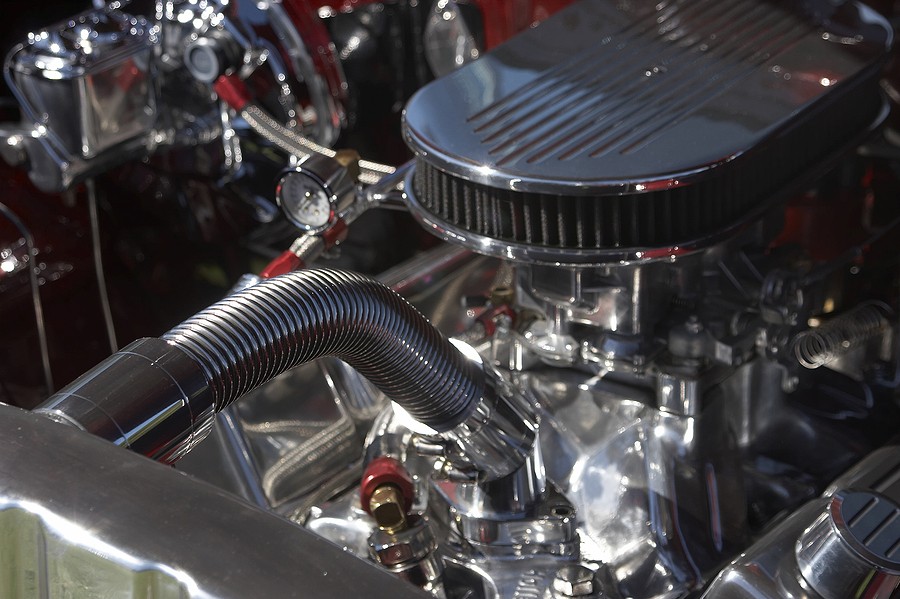
The causes of radiator hose failure
There are several causes for radiator failure that include:
#1 Loose clamps
If you ever replace your radiator hoses, then make sure that you tighten the hose clamps tightly. Even a small gap between the clamp and the radiator is enough to let air in, which will cause damage to your car's cooling system. Just tighten it until you see some cracks on its surface; that's good enough.
#2 Overheating
If you ever notice a leak in your car's radiator hose, it results from overheating. The reason for this is when the engine overheats, the coolant starts boiling, and when that happens, some part of the radiator will crack, making way for air to enter into it, causing a leak in your car's radiator hose.
#3 Age
Usually, radiator hoses last for about five years if they are made out of rubber, but if the hose is a mix of rubber and plastic, it will last around 7-8 years. So, after installing the radiator hose, you will need to check it every five years to see any cracks or leaks, etc.
#4 Installation
If you ever replace your car's radiator hose, then make sure that you install it properly. You might be thinking that this doesn't even need to be mentioned, but trust me, if the radiator hose is not installed properly, there are high chances for leaks and cracks to appear, which will result in overheating or coolant leaking out of the system which, in turn, will make your engine fail.
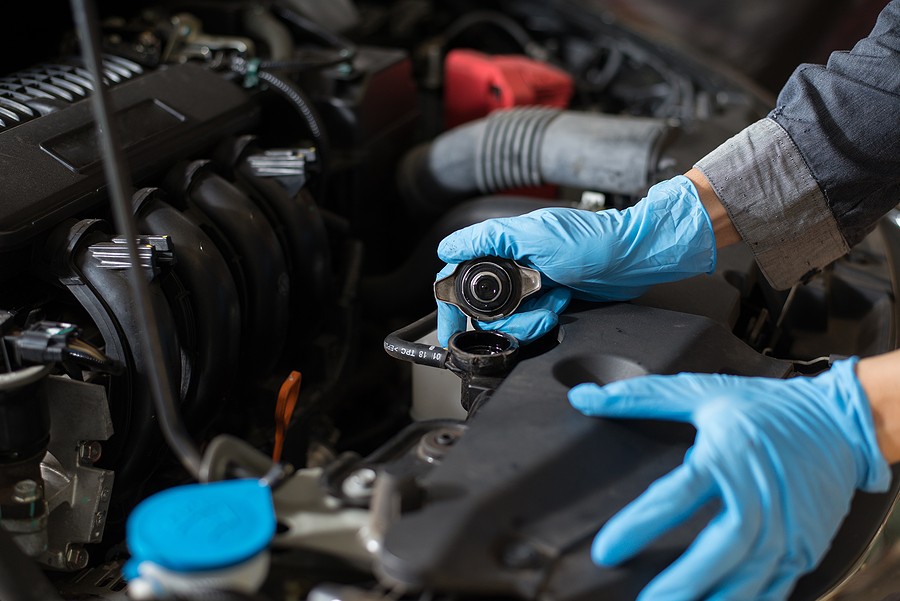 The signs of radiator hose failure
The signs of radiator hose failure
Well, the answer is – if you see cracks or fraying in your radiator hoses, then it is time to change them as soon as possible. You can easily replace these hoses with some cheap after-market parts made for your car model, but make sure that they are of good quality; otherwise, they will get stiff too, which means that you have to replace them sooner than later.
Some cars have only one radiator hose, but nowadays, most automakers have started using two or more hoses, so if you want an exact replacement part, then buy one for each hose and not just a single piece because the engine will work harder when all of its hoses are in good condition which not only increases its life but also helps it to perform better.
So that was all about radiator hose failure, now you know what it means for your car's health and how to prevent this problem from happening. First, pay attention to hoses and fix them if you see cracks because small problems can turn big if ignored, so try to keep an eye on your car's hoses and replace them as soon as possible!
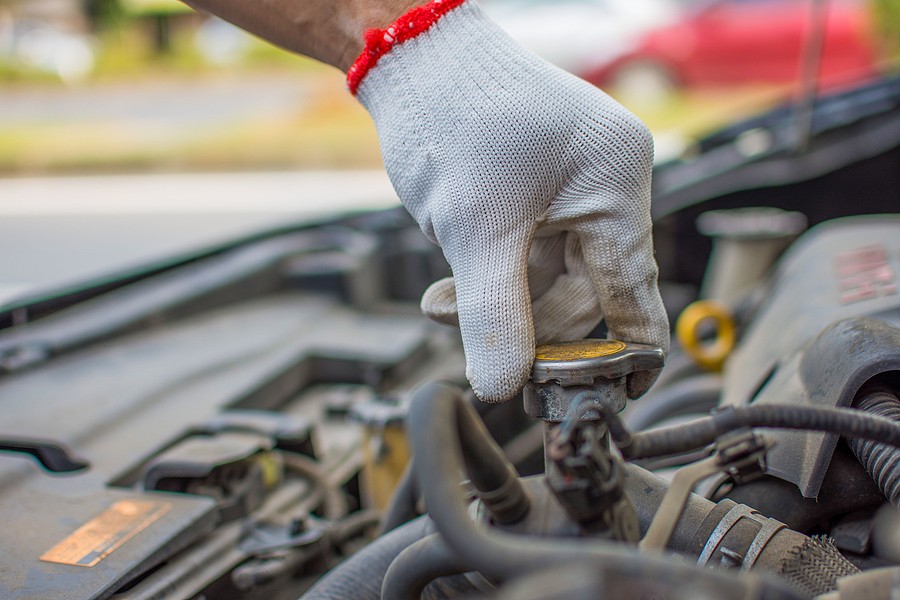
How to avoid problems with the cooling system in your car?
You can avoid your car's cooling system problems by keeping the coolant level normal. If you ever notice a leak in hoses, put off your car and fix it immediately because even small problems can turn big if not treated on time.
Small problems like this are easy to deal with, but they give birth to other issues which require much bigger repairing jobs that can cost you a good amount of money. So keep an eye on radiator hoses and fix them as soon as possible!
More specifically, here are ten tips to help prevent radiator hose failure:
#1 Keep an eye on your car's engine temperature gauge
By keeping an eye on the temperature of your car's engine, you can easily detect overheating, which is one of the main causes of radiator hose failure. So make sure that you always check it, and if you see a high reading, then shut off your car as soon as possible because overheating can damage other parts.
#2 Pay attention to those hoses
Never ignore leaking radiator hoses because they can cause serious problems if not fixed on time. Instead, replace the cracked radiator hose or has some signs of wear and tear. You can easily get replacement parts for your car model at an affordable price tag.
#3 Keep radiator coolant level normal
Lowering the coolant level in your car's radiator can cause internal corrosion and rust, which will lead to swelling in the coolant hoses. So keep an eye on your car's coolant level and fill it up if necessary because this way, you can prevent problems with your car's cooling system.
#4 Use heavy-duty hoses
Using heavy-duty radiator hoses is a good option because they are quite sturdy and won't get stiff or crack that easily, so if you can replace them, then go for it; otherwise, make sure that you tighten them well enough to avoid any cracks because small cracks in the hose can allow air in which in turn will damage your car's cooling system.
#5 Get rid of moisture from the engine bay
Moisture inside the engine bay can cause corrosion, which will damage the radiator hose. So get rid of moisture from your car's engine bay and look for signs of corrosion, too, if any, because of this way, you can prevent problems with the cooling system.
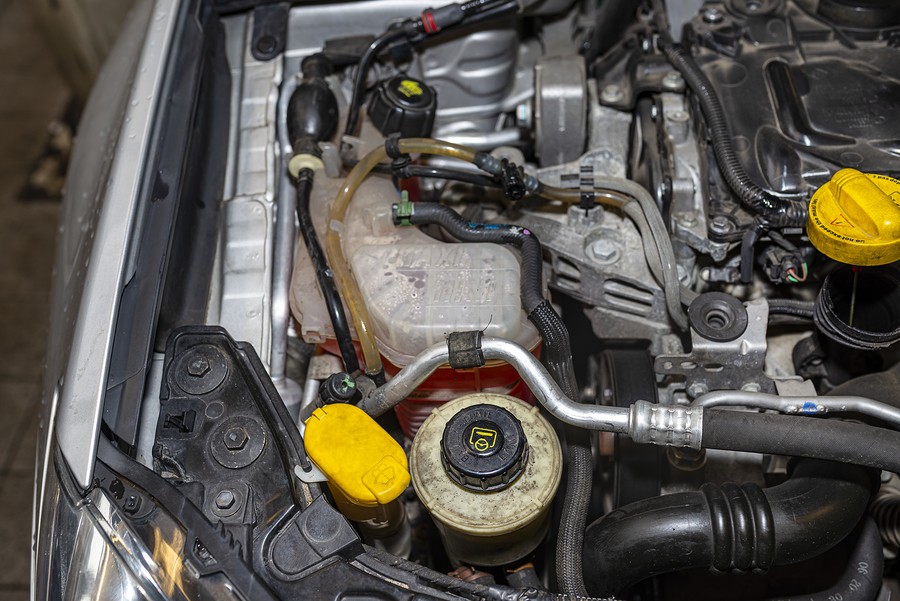
#6 Keep moving even if your car overheats
If you ever see that your car's temperature rises abnormally, it means there is a problem with its cooling system, so keep driving it until it cools down to avoid any major damage. However, keep an eye on the temperature gauge again to ensure that everything is fine now because continuing to drive in such conditions may lead to other issues like leaking fluids or severe damage to your car's engine.
#7 Lower the while traveling uphill
While traveling uphill, you must keep the engine rpm low because if it is high, then your car will overheat, which will decrease the life of hoses, so every time you are about to travel up a hill, check your temperature gauge first.
#8 Don't let your car idle for too long
If you ever have to stop at some traffic light or wait for someone for a short period, you can switch off the engine but keep it idling for too long damages hoses, so try not to leave it on idle more than necessary.
#9 Avoid driving under extreme conditions
Driving under extreme weather conditions weakens radiator hoses and increases their chances of cracking or splitting apart, so avoid driving through waterlogged roads at high speeds.
#10 Keep hoses away from hot areas
If you can, keep the hoses away from hot engine bay parts like exhaust manifold because this will reduce the chances of hose failure due to heat. Also, do not pinch or kink them too because it will block the flow of coolant, which in turn will damage the hose.
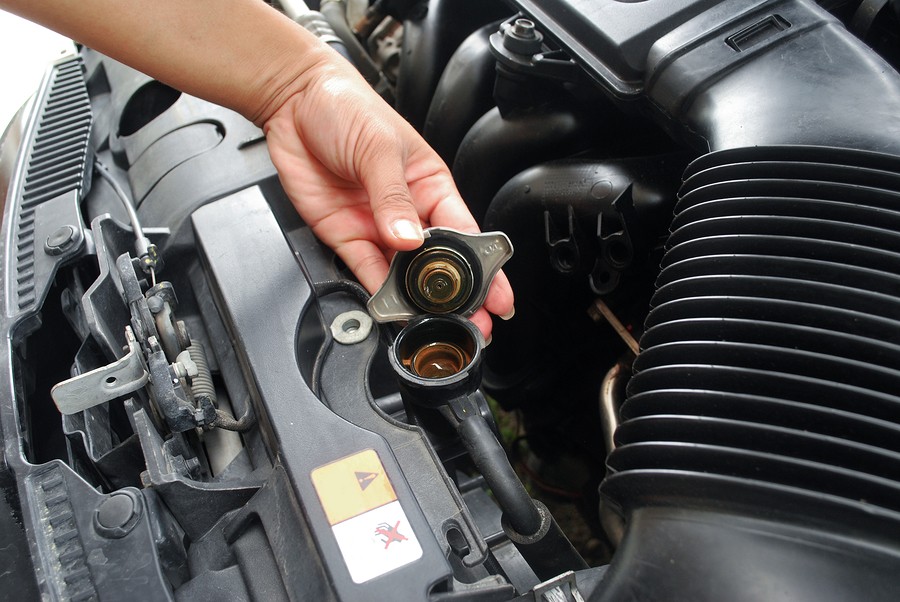
Can I drive with a bad radiator hose?
You can continue to drive your car with a bad radiator hose because it won't cause an immediate breakdown of the cooling system; however, any further issues may lead to overheating, which in turn will damage other components, so you must get the leak fixed immediately.
How to replace or repair a faulty radiator hose?
Repairing a radiator hose is not a very difficult task, but if you don't have any experience with car parts, I suggest taking your car to a mechanic.
Here's a step-by-step procedure to replace your radiator hose safely:
- First, open the hood of your car and take off all loose items from its engine bay because you will have to spend a lot of time around hot parts, so don't take any chances with safety.
- Remove the radiator cap to allow the coolant to drain out completely because this will reduce the pressure in your cooling system and make it easier to remove hoses.
- Take out the radiator hose clamps using a screwdriver and remove each hose carefully without damaging them because if they are damaged, you will have to buy new parts for sure.
- Now, please take off the faulty radiator hose by removing its clamp on one end first, followed by loosening up all bolts holding it in place, after which you can gently twist it off of its mountings.
- Clean the mounting area with sandpaper or some rough material so that the new radiator hose can be secured properly. There is no chance of any leaks after installation because sealing becomes quite difficult if there is dirt on the surface of engine bay components like hoses.
- Lastly, install the new radiator hose following the above-mentioned steps in reverse order and tighten all bolts securely to avoid any leaks.
- Now pour some antifreeze or water through your radiator hose to check for any leakage. If there is a problem, it will start dripping out of the hose immediately, so you can take the necessary steps to repair it before driving anywhere.

How to choose the right radiator hose?
Choosing the right radiator hose for your car is quite difficult. Still, if you know important information about hoses like their length, diameter, and pressure rating, then it will be easy to buy the right part for your vehicle. Here are some factors that can influence your decision:
- Ensure that hoses have a high-pressure rating because they are used under extreme conditions, so choosing low-quality radiator hoses can cause serious problems with the cooling system.
- Think about size as well because different engines require different kinds of hoses with specific dimensions for proper fitment, so make sure you select the correct hose diameter depending on what engine your car has. Finally, choose the length of the radiator hose based on its mounting location because if the mounting area is closer to the en,gine, you won't need long hoses. If it's further away, then longer radiator hoses will be required.
- Consider smoothness of hose walls because sometimes they can get damaged during installation or daily usage, so purchasing extra smooth radiator hoses can help you in such cases.
- Think about hose-end shape as well because square or round radiator hoses will not fit properly in your car so choose the right type of hose ends depending on your vehicle's specifications.
- Check hose material made of rubber, steel, or nylon, so select the one that best suits your needs and has the highest pressure rating to avoid any problems with the cooling system.
- Think about the outer surface because sometimes it can get cut or scratched during installation, so if this happens, you must buy new radiator hoses without any second thought.

Conclusion
Radiator hose failure can have a serious impact on your car's long-term health, so it's important to be aware of the risks and take steps to prevent them.
We've outlined ten ways to keep your radiator hoses in good condition and avoid damage in this article. If you're ever experiencing problems with your cooling system, don't hesitate to get them fixed as soon as possible.

